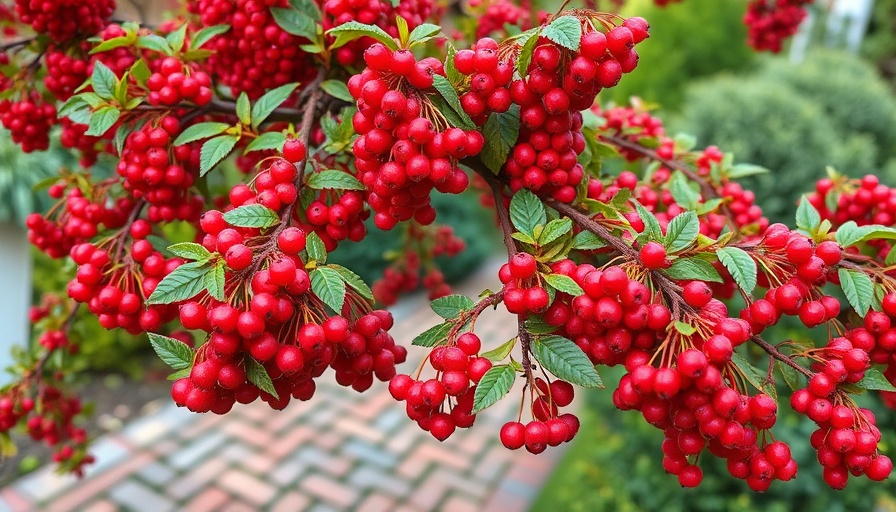
Enhancing Your Garden with Cotoneaster: A Must-Have Shrub
Cotoneaster is a versatile shrub that can transform your landscape into a vibrant haven. With stunning spring flowers, attractive foliage, eye-catching fall colors, and lovely red berries, this plant is truly an all-round winner. Beloved for its adaptability, cotoneaster comes in different forms—from creeping to upright types—making it suitable for various gardening needs.
The Unique Characteristics of Cotoneaster
One of the main attractions of cotoneaster is its remarkable resilience and low maintenance requirements. Once established, these shrubs boast drought resistance, requiring little care aside from the occasional spring pruning. Their inherent beauty takes center stage both in formal gardens and casual backyards.
Diverse Varieties for Every Landscape
With 21 notable species, cotoneaster offers a plethora of options for gardeners. Whether you desire a sprawling ground cover or a stately hedge, there's a type perfect for your project. Notable varieties include:
- Bearberry
- Creeping Cotoneaster
- Hedge Cotoneaster
- Himalayan Cotoneaster
- Willowleaf Cotoneaster
Each type presents its own unique qualities, from the creeping form that works wonders as a ground cover to the upright varieties serving as stunning focal points or privacy screens.
Creating a Pollinator-Friendly Garden
Another significant benefit of incorporating cotoneaster into your landscape design is its role in supporting local wildlife. The flowers and berries of cotoneaster attract a variety of pollinators, including bees and birds, while repelling common garden pests like deer and rabbits. This makes cotoneaster an excellent choice for those looking to cultivate a more eco-friendly, thriving garden space.
Considerations for Planting Cotoneaster
However, caution is advised as some cotoneaster species are considered invasive in certain regions, including coastal North America and parts of Australasia. Before selecting cotoneaster for your garden, check with local regulations to ensure responsible gardening practices. Understanding the climate and soil conditions specific to your area will further ensure the health and longevity of your plants.
Practical Tips for Success
For successful growth, it's crucial to choose the right variety for your landscape goals. Cotoneaster thrives in well-drained soil with good sunlight—although many can tolerate partial shade. Additionally, if you plan to use cotoneaster as ground cover, ensure it has plenty of space to spread out without competing with other plants.
Embracing Low-Maintenance Gardening
If you’re seeking low-maintenance shrubs that continue to yield beauty throughout the seasons, cotoneaster may be the plant for you. With its ability to create stunning visual displays and attract wildlife while being easy to care for, cotoneaster stands out as an ideal selection for modern gardeners.
Conclusion: Elevate Your Garden Today
By incorporating cotoneaster and being mindful of your local environment, you can elevate your garden’s aesthetic and ecological value. This shrub not only enhances your space but also contributes to a healthy ecosystem. Dive into your gardening projects headfirst by adding cotoneaster to your landscape design!
 Add Row
Add Row  Add
Add 




Write A Comment